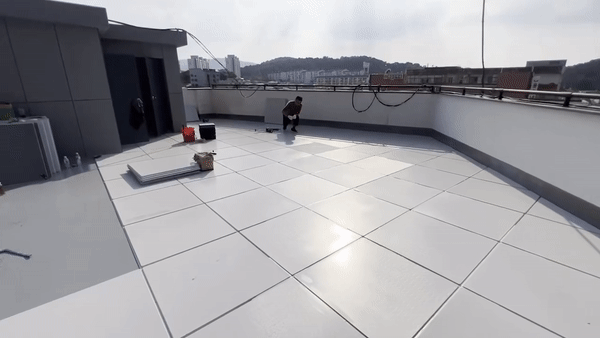
Introduction
코킹 작업, known as caulking work in English, plays a crucial role in the construction and maintenance sectors in Korea. It involves sealing joints and seams in various structures to prevent water, air, and other elements from penetrating. This practice ensures the durability, safety, and energy efficiency of buildings. In this article, we will delve into the importance, techniques, materials, and current trends in 코킹 작업 in Korea.
Importance of Caulking Work
In Korea, the significance of caulking work cannot be overstated. Given the country’s diverse climate, which ranges from hot and humid summers to cold winters, effective sealing is essential to maintain indoor comfort and structural integrity. Proper caulking helps in:
- Preventing Water Infiltration: This is vital to avoid damage caused by moisture, which can lead to mold growth, wood rot, and corrosion of metal components.
- Enhancing Energy Efficiency: Sealing gaps in buildings reduces the escape of conditioned air, thereby lowering heating and cooling costs.
- Improving Indoor Air Quality: By preventing drafts and air leaks, caulking helps maintain a stable indoor environment, contributing to better air quality and comfort.
- Prolonging Building Lifespan: Regular maintenance, including caulking, helps in extending the life of buildings by protecting them from environmental damage.
Techniques and Materials
Caulking work involves various techniques and materials, tailored to the specific requirements of each project. The common types of caulking materials used in Korea include:
- Silicone Caulk: Known for its flexibility and durability, silicone caulk is ideal for areas exposed to extreme temperatures and moisture, such as bathrooms and kitchens.
- Acrylic Latex Caulk: Easier to apply and clean up with water, this type is commonly used for interior applications and is paintable, making it suitable for aesthetic finishes.
- Polyurethane Caulk: With excellent adhesion and flexibility, polyurethane caulk is used for exterior applications, providing robust protection against the elements.
- Butyl Rubber Caulk: Known for its waterproofing properties, it is often used in roofing and outdoor applications.
The techniques involved in 코킹 작업 include:
- Surface Preparation: Ensuring the surface is clean, dry, and free of old caulk or debris is crucial for proper adhesion.
- Application: Using a caulking gun, the material is applied along the joints or seams, ensuring a continuous and even bead.
- Tooling: This involves smoothing the caulk to ensure it adheres properly and fills the gap completely. Tools or fingers dipped in soapy water are commonly used for this purpose.
- Curing: Allowing the caulk to cure as per the manufacturer’s instructions is essential for achieving optimal performance.
Current Trends in Korea

The construction industry in Korea is evolving, and with it, the practices and preferences for caulking work are also changing. Some of the current trends include:
- Green Building Practices: There is a growing emphasis on sustainability, leading to the use of eco-friendly caulking materials that have low VOC (Volatile Organic Compounds) emissions.
- Advanced Technologies: Innovations such as pre-compressed sealing tapes and high-performance caulks that offer better durability and flexibility are gaining popularity.
- Aesthetic Considerations: With the rise of modern architectural designs, the aesthetic aspect of caulking is becoming more important. Color-matching caulks and seamless finishes are in demand.
- Professional Services: There is an increasing reliance on professional caulking services to ensure quality and longevity, as improper caulking can lead to significant issues down the line.
Conclusion
코킹 작업 is an essential aspect of construction and maintenance in Korea, contributing to the safety, comfort, and efficiency of buildings. With advancements in materials and techniques, along with a growing focus on sustainability and aesthetics, the practice continues to evolve. Proper caulking work not only protects structures from environmental damage but also enhances their overall performance and lifespan. As Korea progresses in its architectural and construction endeavors, the importance of skilled and precise caulking work remains ever relevant.
Reference: Jool Nam 코킹 작업 Management


